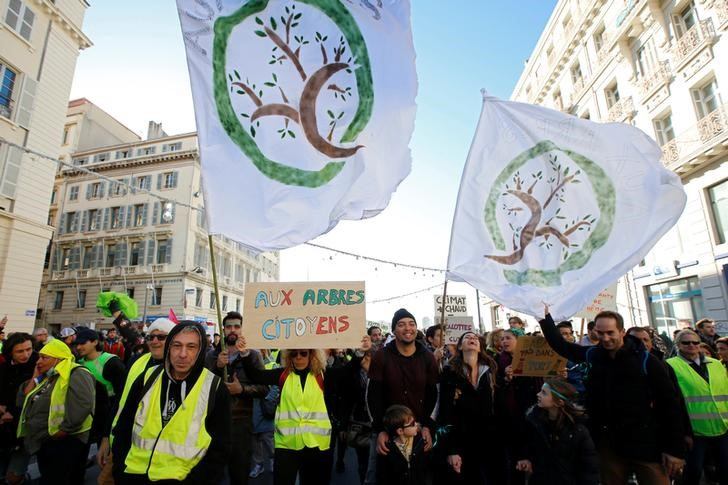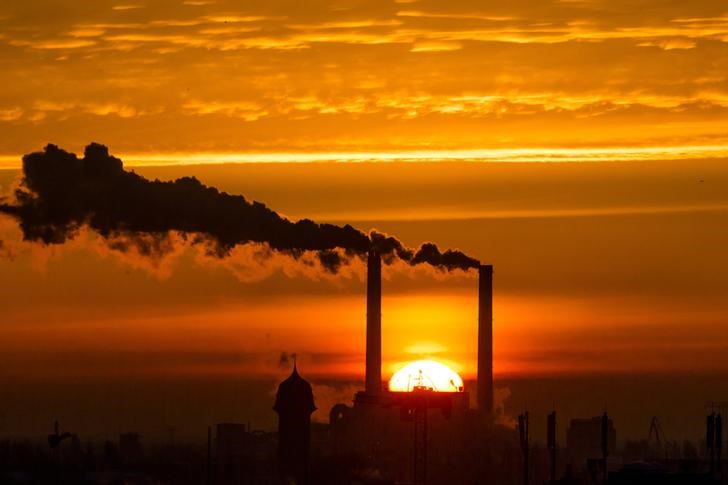By Valerie Volcovici
WASHINGTON (Reuters) – Failure to reduce nitrous oxide emissions will make it impossible to meet the main goal of the Paris climate agreement of keeping global warming below 1.5 degrees Celsius, it appears from the first major global assessment of the pollutant released Thursday.
WHY IT’S IMPORTANT
Nitrous oxide is the third most common greenhouse gas and the worst ozone depleting gas.
The Global Nitrous Oxide Assessment (N2O) report is similar to the 2021 Global Methane Assessment, which found that man-made methane emissions could be reduced by up to 45% this decade and laid the groundwork for 150 countries to commit to the Global Methane Pledge. to reduce those emissions by 30% by 2030.
BY THE NUMBERS
Nitrous oxide emissions, mainly caused by the use of chemical fertilizers and fertilizers in agriculture, have risen 40% globally since 1980 and are on track to rise 30% from 2020 levels by 2050, the report said.
Taking global action to reduce nitrous oxide (N2O) emissions could prevent the equivalent of as much as 235 billion tons of carbon dioxide emissions by 2100, the report said.
A U.S. State Department official told Reuters earlier this year that reducing N2O emissions from fertilizer production or the production of materials such as nylon is cheap, costing as little as $10 per ton through projects that use of the voluntary carbon offset market.
IMPORTANT QUOTE
“Ambitious action to reduce nitrogen oxide emissions could move the world closer to achieving a wide range of global climate, ozone and other environmental and human health goals,” said the assessment, published by the Climate and Clean Air Coalition of more than 180 governments, NGOs. and international organizations.

CONTEXT
US officials also met with Chinese counterparts to discuss cooperation in reducing N2O emissions. The countries are the largest emitters of greenhouse gases.


